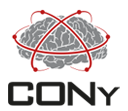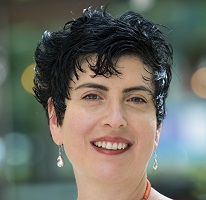Lea Grinberg
Dr. Lea Tenenholz Grinberg is a neuropathologist focused on brain aging and neurodegenerative diseases. She has authored over 370 peer-reviewed articles and has an H-index of 96, reflecting her pioneering research on the vulnerability of neuromodulatory subcortical systems, disease heterogeneity, factors underlying selective neuronal vulnerability, biomarker development, personalized approaches to sleep disorders, and factors contributing to Alzheimer’s pathology and tauopathies. She co-founded the Biobank for Aging Studies at the University of São Paulo and co-directed the UCSF Neurodegenerative Disease Brain Bank. Dr. Grinberg received the UNESCO-L’Oréal Award “For Women in Science” and serves on the Medical Scientific Advisory Group for the Alzheimer’s Association. In 2024, she was recognized by Clarivate as one of the world’s most highly cited researchers. In May 2025, Dr. Grinberg and her lab relocated to the Mayo Clinic in Florida, where Dr. Grinberg was appointed Director for the Modernization of the Brain Bank in the Neuroscience Department and a Professor of Pathology and Neurosciences. Before this, she held the John Douglas French Alzheimer’s Foundation Endowed Professorship at UCSF and has been Professor of Pathology at the University of São Paulo.




